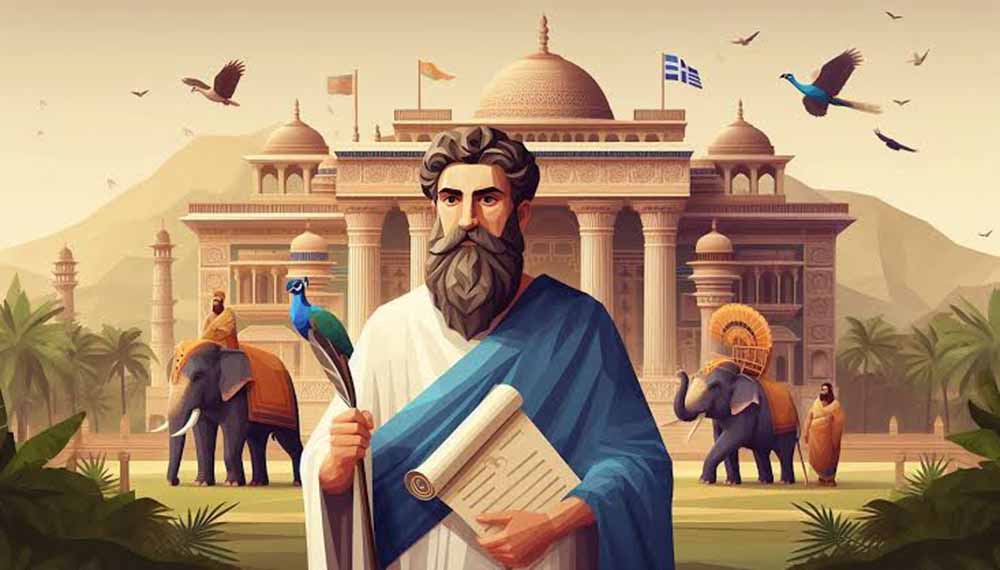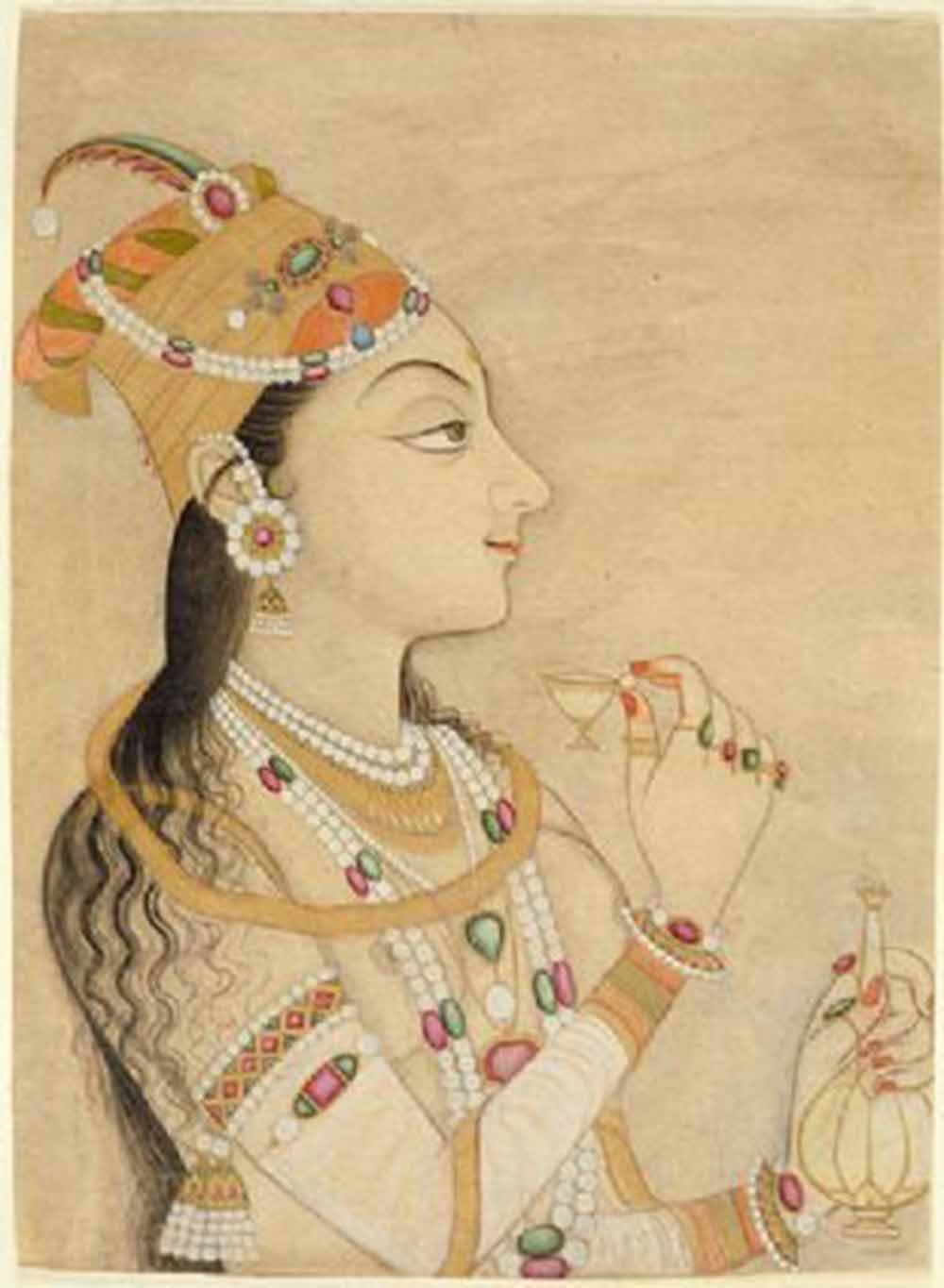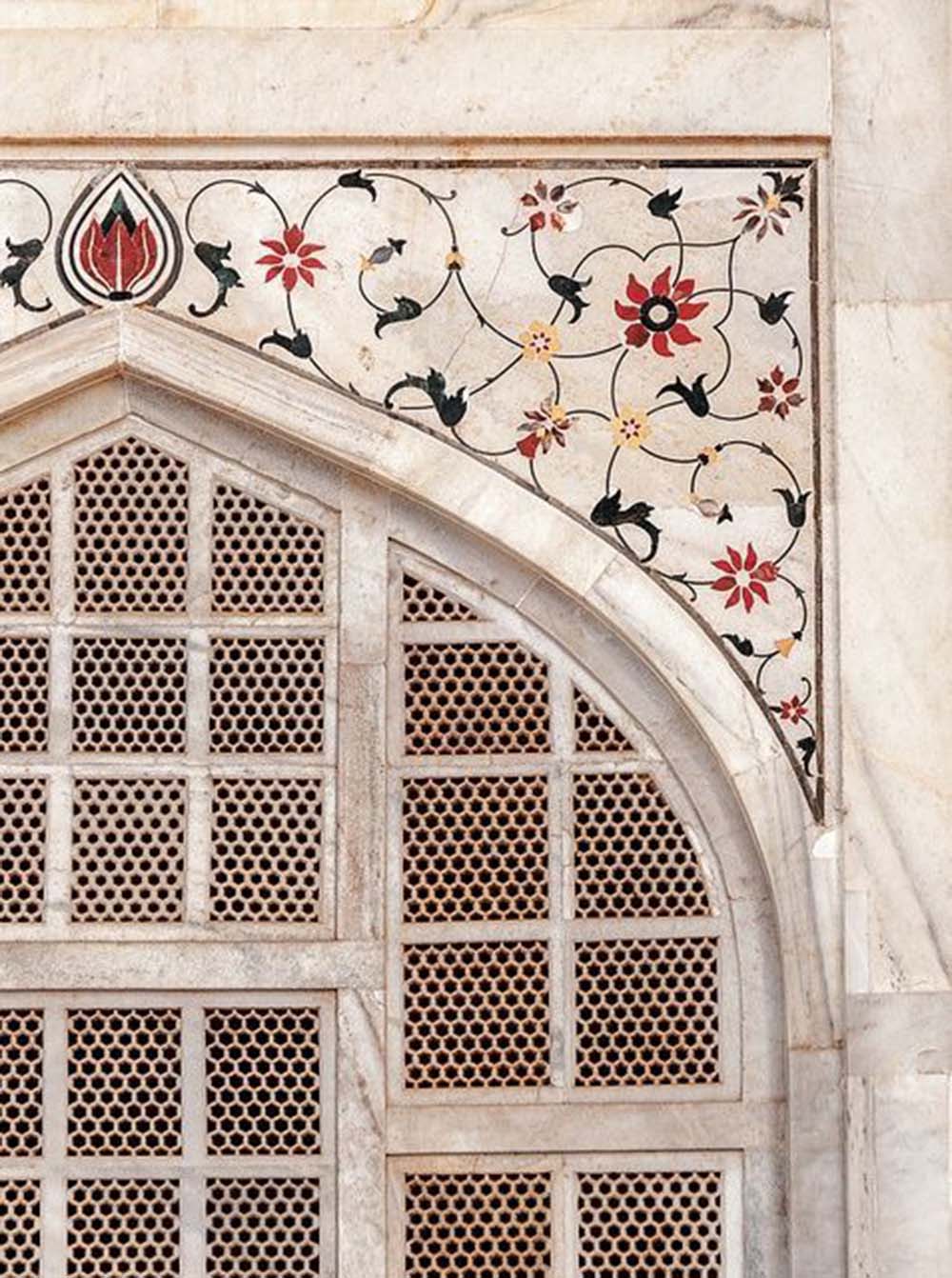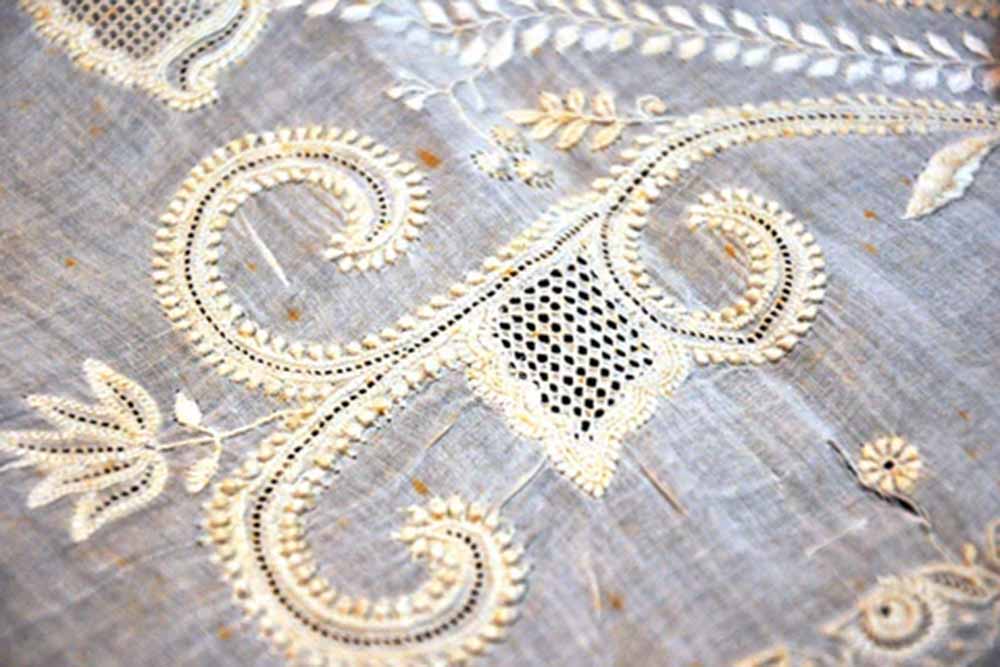Chikankari, the exquisite art of hand embroidery, holds a revered place in the rich tapestry of Indian textiles. Renowned for its delicate and intricate needlework, this craft has a storied history that traces back centuries. This article delves into the origins of Chikankari, the influence of Mughal empress Nur Jahan, and the evolution of this beloved craft.

Ancient Beginnings: The origins of Chikankari are somewhat shrouded in mystery. While some historical accounts suggest that the art form dates back to the 3rd century BC, with mentions in the records of Megasthenes, a Greek traveller, others believe it was introduced to India much later.
Cultural Synthesis: Chikankari is believed to have flourished under the influence of Persian embroidery techniques. The word 'Chikan' is derived from the Persian word 'Chikeen,' which means embroidery. This suggests a cultural exchange and amalgamation of Persian aesthetics with Indian craftsmanship.

Nur Jahan’s Patronage: The most widely accepted narrative credits the Mughal period, specifically the early 17th century, with the flourishing of Chikankari. Empress Nur Jahan, the wife of Emperor Jahangir, is often celebrated as the pioneer who popularized this art form in India.
A Royal Touch: Nur Jahan, known for her refined taste and love for the arts, is said to have introduced Chikankari to the Mughal court. Under her patronage, this embroidery style was elevated to new heights, becoming a symbol of elegance and sophistication. She not only promoted the craft but also personally engaged in designing and embroidering garments.
Mughal Courts: During this period, Chikankari became an essential part of royal attire. The Mughal nobility adorned themselves in finely embroidered Chikan garments, and the art form spread across the empire, gaining immense popularity.


Motifs and Patterns: Traditional Chikankari motifs are inspired by Mughal art and nature. Common patterns include flowers, leaves, paisleys, and vines. The designs are often characterized by their symmetry and delicacy, reflecting the Mughal aesthetic sensibilities.
Evolution Through the Ages
Colonial Period: During British colonial rule, Chikankari experienced a decline as machine-made textiles gained prominence. However, it managed to survive thanks to continued patronage from Indian aristocracy and the efforts of local artisans dedicated to preserving the craft.
Post-Independence Revival: After India gained independence, there was a renewed interest in traditional crafts. Chikankari saw a revival, supported by government initiatives and non-governmental organizations focused on promoting indigenous art forms. This period marked the resurgence of Chikankari as a symbol of cultural heritage.
Contemporary Adaptations: In modern times, Chikankari has transcended its traditional boundaries. Designers have innovatively adapted the craft to contemporary fashion, incorporating it into both ethnic and Western attire. This blend of tradition and modernity has given Chikankari a global appeal.
Nur Jahan’s Enduring Legacy
A Lasting Impact: Nur Jahan’s influence on Chikankari is profound and enduring. Her patronage not only popularized the art form in her time but also ensured its preservation for future generations. The Mughal Empress’s legacy lives on in the timeless elegance of Chikankari.
Cultural Heritage: Today, Chikankari stands as a testament to India’s rich cultural heritage and the enduring legacy of Mughal art. It continues to be celebrated as one of the finest examples of Indian craftsmanship, beloved by artisans and fashion enthusiasts alike.
Chikankari is more than just an embroidery technique; it is a symbol of India's artistic heritage and the historical confluence of cultures. From its ancient roots to its Mughal refinement under Nur Jahan’s patronage, Chikankari has woven its way into the fabric of Indian tradition. As it continues to evolve and adapt to contemporary tastes, Chikankari remains a timeless art, cherished for its delicate beauty and intricate craftsmanship.